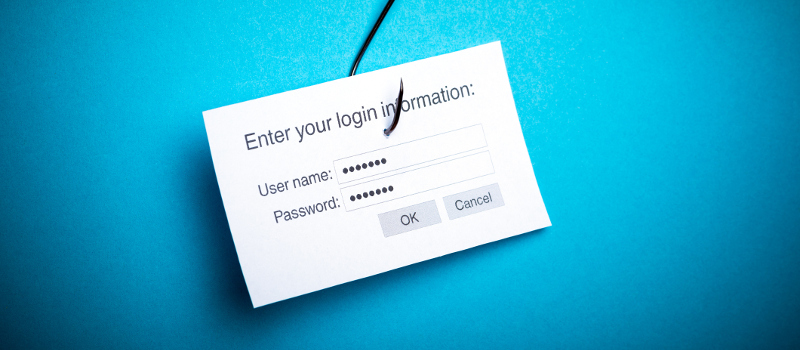
Right now, there’s an online epidemic of fake websites, otherwise known as spoof or phishing sites, which are meant to look like the official eBay site. These sites exist as a way for others to steal your personal information, so you need to be careful not to give your account numbers and passwords to sites and emails you don’t trust.
Fake Emails
The easiest way to determine if an email is really from eBay or a fake is to go to your messages in My eBay. Click the messages tab, and if the message in your account doesn’t match the message in your email, it’s probably a fake. When you receive a fake email, forward the message to spoof@ebay.com.
Know that fake emails often include a fake eBay address in the “From” line and the eBay logo. The message might even have copied text from standard eBay emails, and they might ask a question or ask you to become an eBay Power Seller. However, just because the email looks real doesn’t mean that it is. Fake emails usually ask you to reply to the message with confidential information, have an urgent tone and threaten account suspension, include attachments, and start with a generic greeting, like “Attention eBay member.”
Fake Websites
Many fake emails from eBay often include a link to a web page that looks real, but isn’t and is designed to collect your personal information. If you end up on a page and you’re not sure if it’s really an eBay page, remember that real eBay web addresses have “.ebay.com/” in them. When in doubt, manually go to www.ebay.com and go from there to be sure you aren’t on a phishing site.
